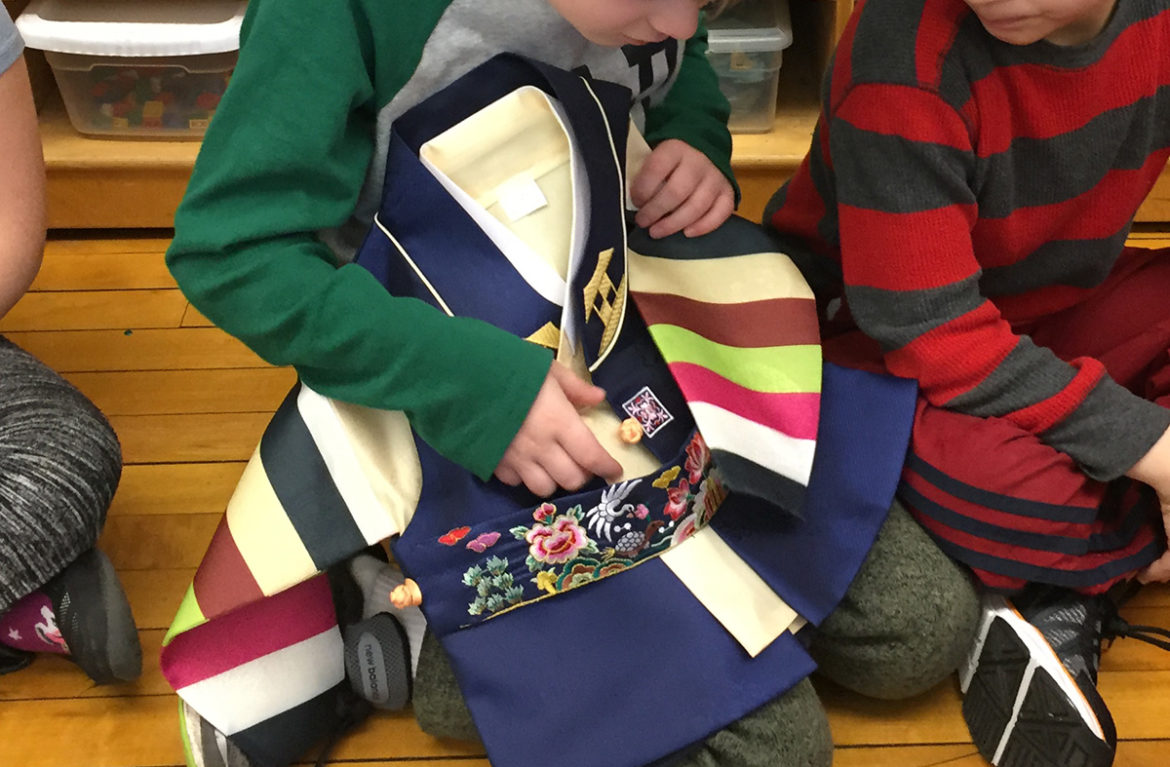Quiz:
Why was Hitler defeated?
Why do people in Greenland eat walrus?
Why did Fukushima happen?
Why do Berbers wear turbans?
Why do the British like tea so much?
Why is there so much conflict in the Middle East?
How has the monarch butterfly changed Mexico?
Why do most homes in Hawaii come furnished when you buy them?
The answer to all of these questions is Geography – The study of Earth. Yet, this subject is not formally taught until the 6th grade in some schools, high school for most, and sometimes only as an elective course. Curriculum writers can keep changing the word to “Social Studies” or “Individuals and Societies”, but the bottom line is we are doing it wrong in the U.S.A.
We start to teach Kindergartners how to follow a map of their classroom, and by third grade they are learning all about landmarks in their home town. They arrive in 6th grade needing to make complex connections about world affairs but some have barely had the opportunity to examine a world map.
I have a radical idea. (It’s not really radical. It’s common sense)
Recently, I had a conversation with a 3rd grade teacher at a global affairs conference. We were exchanging familiar feelings about the lack of geography education in primary years. She went on to tell me the innovative way her school is changing that. Each year, they choose a country to study in depth. It is chosen by the staff and music, science, art, math, drama, and other subjects are on board to also make connections to this country.
I asked “What’s the benefit in doing this?”
(Insert her incredulous expression)
I assume she expected me to understand why they do it this way. I understand why someone would make this decision and think it is a good one, but I don’t think it is. There are over 200 countries and territories in the world. By 8th grade, they will have covered 8.
I prefer to scratch the surface of many countries. It’s something I’ve been doing all along and IT WORKS. Forget the worksheets where you have to draw the line showing how you get from the school to the post office. Forget about spending 3 months teaching about ancient Egypt. Deep learning experiences in the classroom don’t have to involve digging into other countries until students are proficient in samba because they spent the year learning about Brazil. Introduce countries one at a time, but touch on many. Teach about something different and interesting. Make associations about climate and food, culture and communication. Do this enough and students will start to make connections organically about the world we live in. Practical application to real world issues will happen when patterns start to be identified.
As an example, consider the different ways in which Germany, South Korea, and Japan recycle. Why does Turkey only recycle 1% of their waste? Is it cultural? Are they lacking in innovation? What are we doing in our own community? How is it better/worse/different/same?
This is what our country/our elementary schools/our students need.
Geography teachers who are knowledgeable and comfortable applying their spatial thinking skills beyond basic map-based activities.
Geography teachers who use history lessons as a way to show human interaction with one’s environment as opposed to just telling a story of the past.
Geography teachers who thoughtfully engage in conversation about culture that helps students solve problems as oppose to create divisiveness.
Geography teachers who help make the connection between science, discovery and sustainability.
Geography teachers who articulate the meaning behind international conflict and our place in geopolitics.
In the end, students who are geographically informed become better prepared citizens.
Check out our School Partnerships and bring our expertise to your K-3 classrooms. Currently scheduling for fall 2018.


